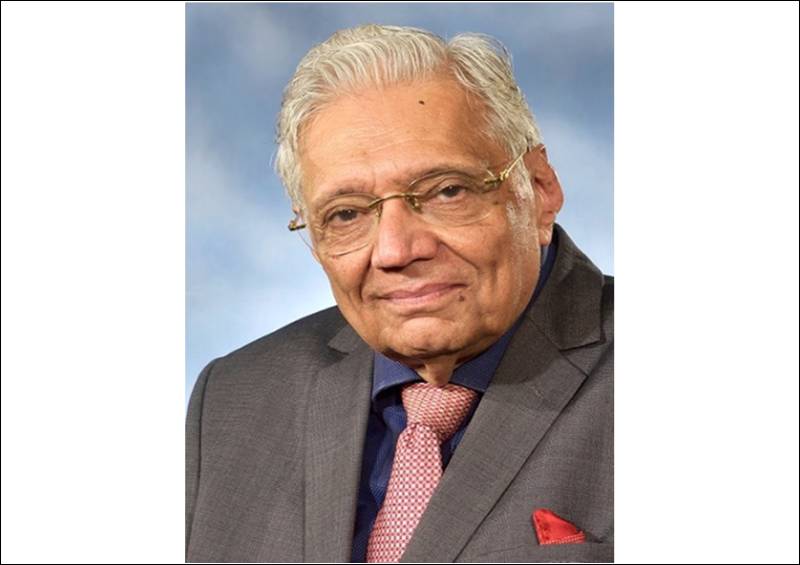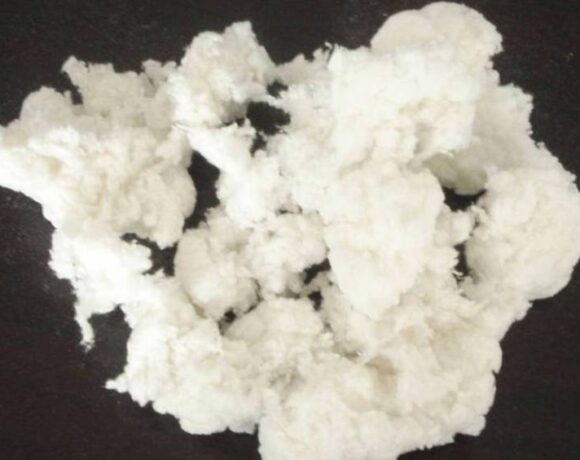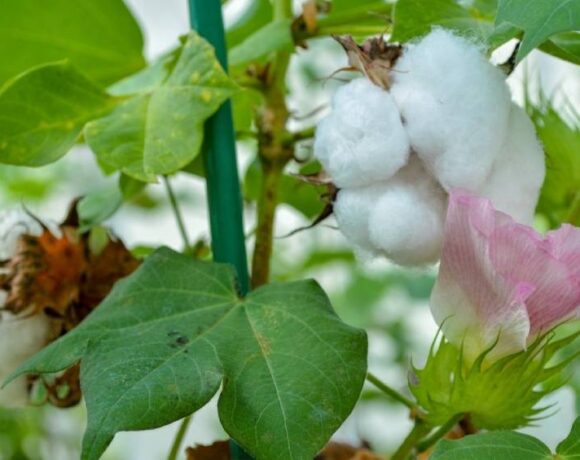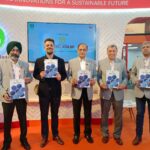Indian Cotton – Towards Composite Economics

All-round growth can happen only if cotton is looked at holistically as fibre, food, feed, fodder and also fuel, says Suresh Kotak, Chairman, Textile Advisory Group. Kotak was speaking at the 81st Plenary Session of International Cotton Advisory Committee (ICAC) held from 2nd to 5th December, 2023, at Jio World Convention Centre in Mumbai. The theme of the Session was “Cotton Value Chain: Local Innovations for Global Prosperity”. Here is the full text of his address:
Cotton – Universal, Unique Fibre
Cotton is one of the vital most agricultural produce affecting production and consumption nationally and globally. Throughout many centuries cotton has been linking farmers to the international consumers. For the producing nation, it has spelt prosperity with its linkages across many sectors.
Koray Caliscan in his book “Market Threads” depicts how cotton farmers, industry and traders create global textile universe through cotton, which serves and sub-serves the clothing needs of mankind.
The cotton commodity chain includes various factors involved in the production, marketing, trading and processing of cotton, including seed research institutions, input suppliers, cotton farmers, ginners, local traders, exporters, international traders and at the processing and conversion stage spinners, weavers, knitting, apparel manufacturers. As more specific needs arise, this chain gets elongated and develops its dynamic effect evolutionally.
Economist View for Cotton: Cotton is subject to international attention, debates, discussions and may be controversies also. The crop is depicted as an agent of development and prosperity, creator of jobs and a remover of poverty as well as change inducer. Globally, cotton has largest area under a single crop, grown across 100 countries, traded by 150 countries, making it the world’s most widely traded commodity, considering its deliverability, liquidity, tradability and usability.
Technological Changes: The history of technological changes in cotton is a huge subject, but suffice to say in the Indian context that we have had successful diversification through hybrid technology, interrogation methods as well as introduction of BT technology for crop protection after India’s partition. High density planting and relevant hybrids and advancement in crop protection methods and deployment of various irrigation methods along with development of new seeds as required for consumption outline the technological infusion in this domain. Seed development is a very time consuming job, but it can pioneer many new applications.
Cotton requires efforts and high degree of extension services to take up changes and new practices to the farmer, enabling them to break the status quo thinking and the herd mentality.
Australia has solved this problem wonderfully by assiduously collecting the improvements in practice, inputs and researches and has created a technological mastery. They also publish it in an annually revised manner as BMP i.e. Best Management Practices of the crop with extensive follow-up with the farmers raising productivity to 2000 kg/ha. Maybe we can draw a leaf from that?
New technology like gene-edited fibre crop leveraging genome editing for fibre crop improvement in relation to cotton crop be adopted. This technology has potential to address issue of decreasing yield.
Precision agriculture needs to be introduced with integrated data and analytics, crop science to enable scientific decision making and use technology such as GPS, soil sensors, weather data, use of drones, etc. to drive substantial yield gain while optimizing resource use.
Relook at Cotton in India: Way Forward to Cotton Economics
The cotton plant was first cultivated in India before 1500 BC as per a Rigved hymn. However, low productivity ails our strength. We have looked at cotton very narrowly, only merely as a fibre to be exported and supplied to the domestic industry. However, cotton is a bi-component crop – 33% fibre on one side and 67% seed on the other side. On textile products, maybe we need to look for diversification, blending as well as designing by leveraging core strengths.
However, all-round growth can happen only if cotton is looked at holistically as fibre, food, feed, fodder and also fuel. It is multiplex, multi-sectoral and multi-functional. In America, there is a department called Fiber Engineering and Research on Cotton Applications, which develops various aspects of cotton.
We should increasingly use forward economies for specific industrial and technological fabrics in the 12 identifiable areas to create opportunities. The backward economies of cotton is further sequencing itself into many products out of cotton seed which is 67% where cotton seed oil can be an opportunity.
The lint, the fuzzy hairy particle on the seed, is a rich source of cellulose and cellulose, an attribute of cotton, is of very high grade and is capable of creating many products where linters can be utilized. Even the synthetic rayon, Lenzing of Austria and Chinese factories use the linters in a great way. Though in limited way it has started in Andhra Pradesh and Telangana, it is an area worth expanding.
Even other components of cotton plant are usable. The husk on the cotton seed is being used to replace the oil extraction property which guam-guvar has. In mills, the cotton seeds are used as livestock, poultry and fish feed and also as fertilizers.
The stalk and leaves of cotton plant are ploughed under to enrich the soil. Residues of plant such as stalk can be used for manufacturing fibre bores and also for generating electricity with technical applications.
Innovations and Newer and Novel Uses in Cotton Products
Innovations in cotton are taking place on a continuous basis in various institutes like VJTI, CIRCOT and other textile universities. Dr. Telli of VJTI created number of products amenable for technical uses riding on absorbency, hygiene products, medical products, even shoe sole, adhesives for dental plants, tyre cords, tents, traps and so on.
CIRCOT has 60 patented, researched and licensed products available. It can open huge opportunities for wealth creation through manufacturing and also creating high employment. They have achieved nano cellulose technology application in a significant manner.
Cotton – Environment Compatible
Being regenerative and biodegradable, cotton is highly environment compatible – a natural choice for sustainability in value chain.
Circular Economics and Cotton
We all have realization of the fundamental economic truth – that wants are unlimited, but resources are limited. Actually, the concept of circular economy resonates with Mahatma Gandhi’s lifelong message for conservation of resources.
My message to friends in the cotton sector – Attitudes Determine the Altitude!
Let us stimulate ourselves to realize and seize the opportunities that are in the offing and become Atmanirbhar, while contributing to Vasudhaiv Kutumbakam.















